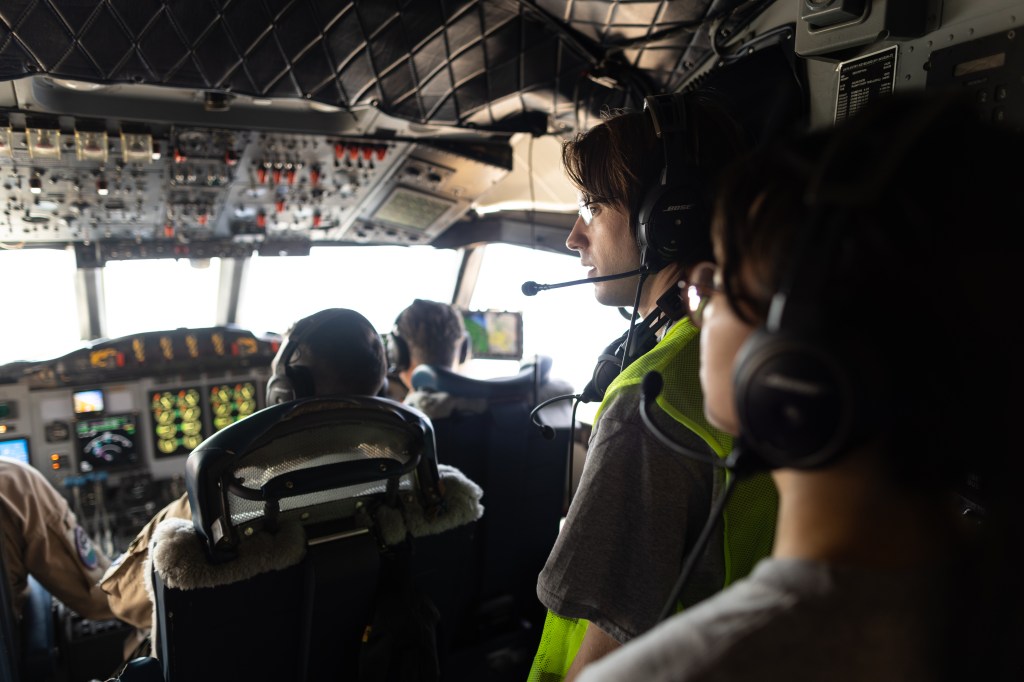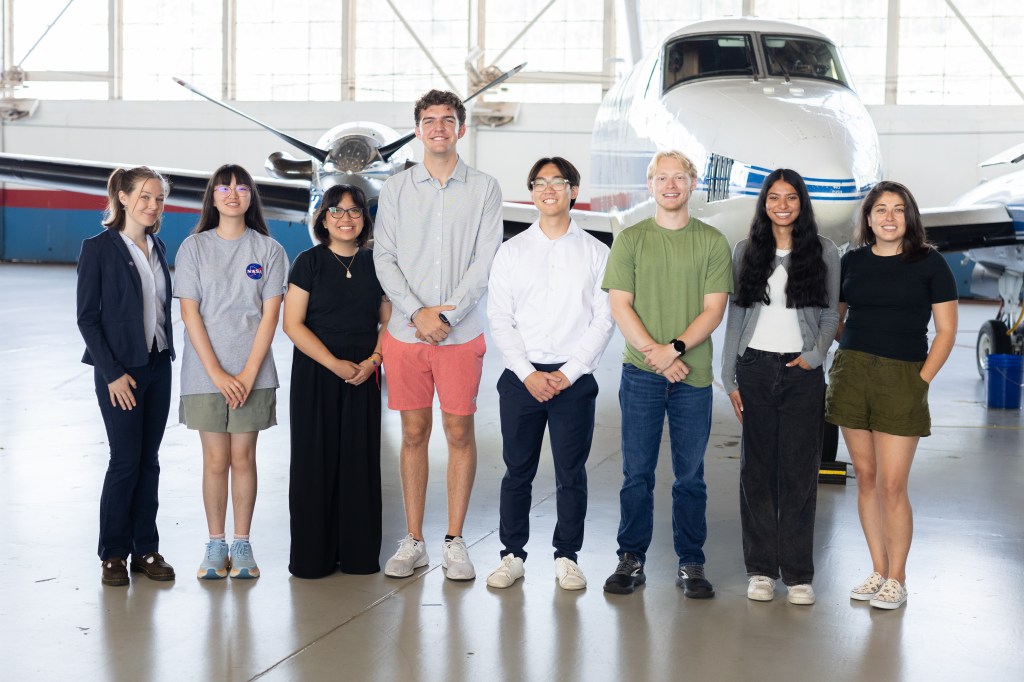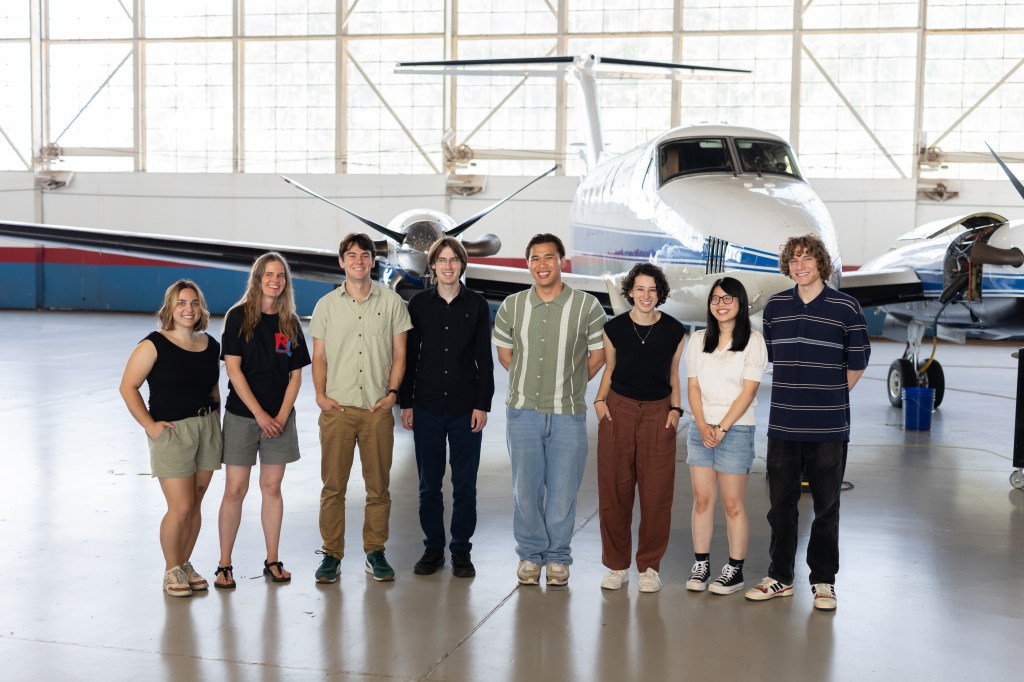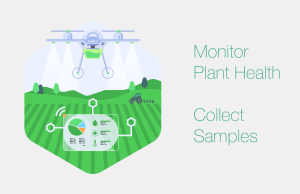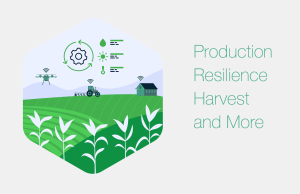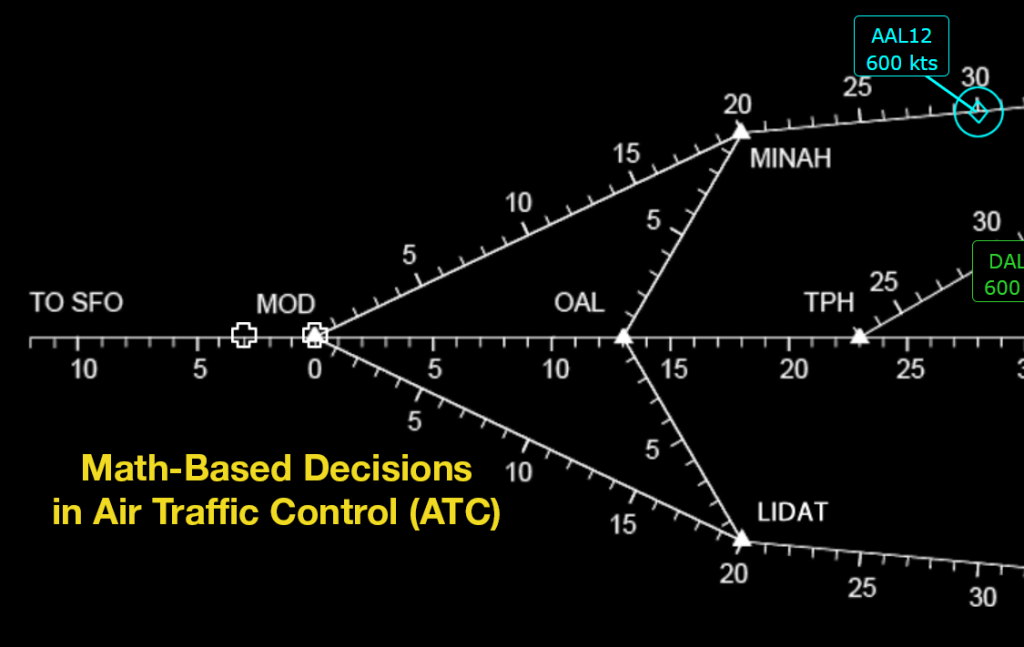
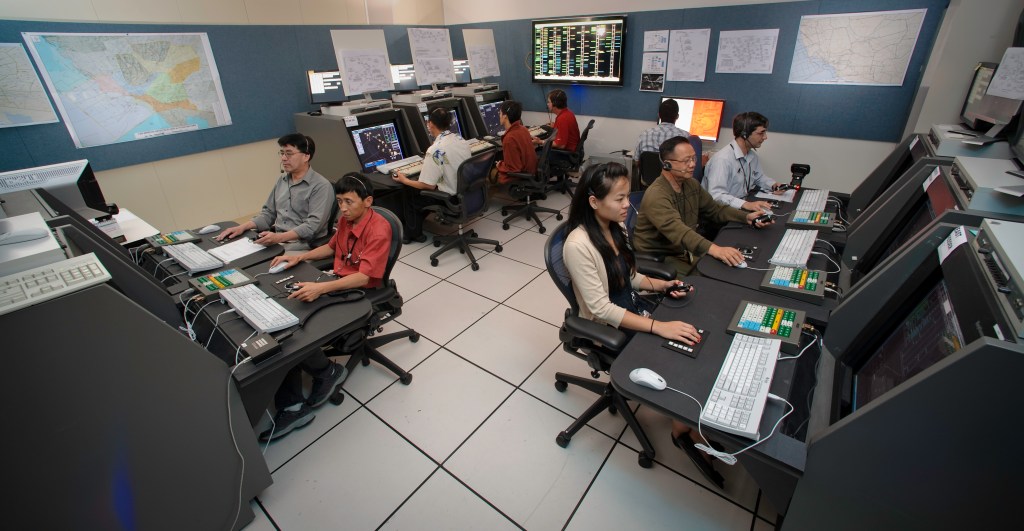

LineUp with Math
In the LineUp with Math part of Smart Skies, participants are challenged to manage simulated air traffic through a variety of increasingly complex problem sets to allow for flexibility based on individual skills. The air traffic control simulator is available for both online use or as a downloadable program.
Smart Skies was developed by NASA and the FAA to build pre-algebraic math skills such as calculating distance, rate of speed, and time to make decisions and resolve conflicts in realistic air traffic control situations. Participants also learn part of what it takes to become an air traffic controller!
Aeronautics Stakeholder and Workforce DEV LEAD
April Lanotte
NARI Program specialist
Karen Sullivan
Welcome to LineUp with Math
LineUp with Math consists of six problem sets. Each set enables participants to explore and apply decision-making and proportional reasoning skills to resolve distance-rate-time conflicts with realist air traffic control scenarios. To test each problem, participants input their answers into the interactive air traffic control (ATC) simulator that represents a controller’s screen. The accompanying workbooks that can be printed or completed online provide strategies and the underlying mathematics skills to optimize solutions.
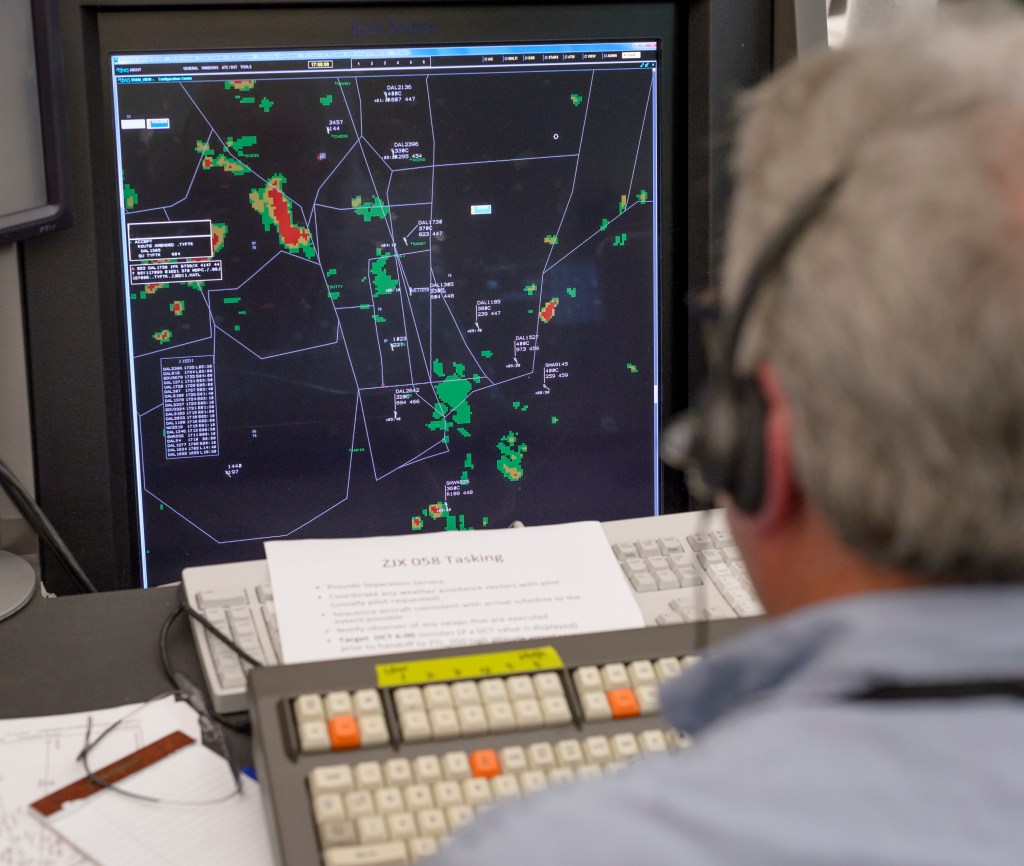
Facilitator Introduction Guide

Simulator

Questions about Smart Skies
Student Workbooks
For each Problem Set, a print-based Student Workbooks provides a structured learning environment. Each Workbook contains paper-and-pencil worksheets that introduce students to pertinent air traffic control concepts as well as problem analysis and solution methods. Participants will apply proportional reasoning to make decisions and resolve conflicts in realistic air traffic control scenarios involving two or more aircraft. The challenge in each problem, is to line aircraft up safely for landing, with proper spacing, at a given intersection of aircraft routes.
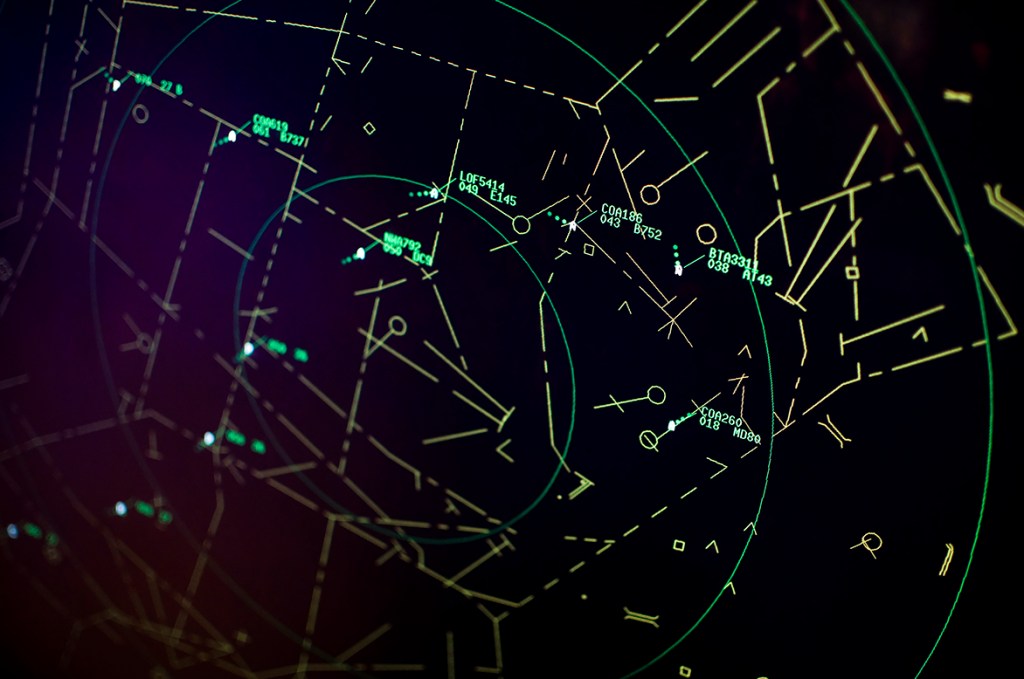

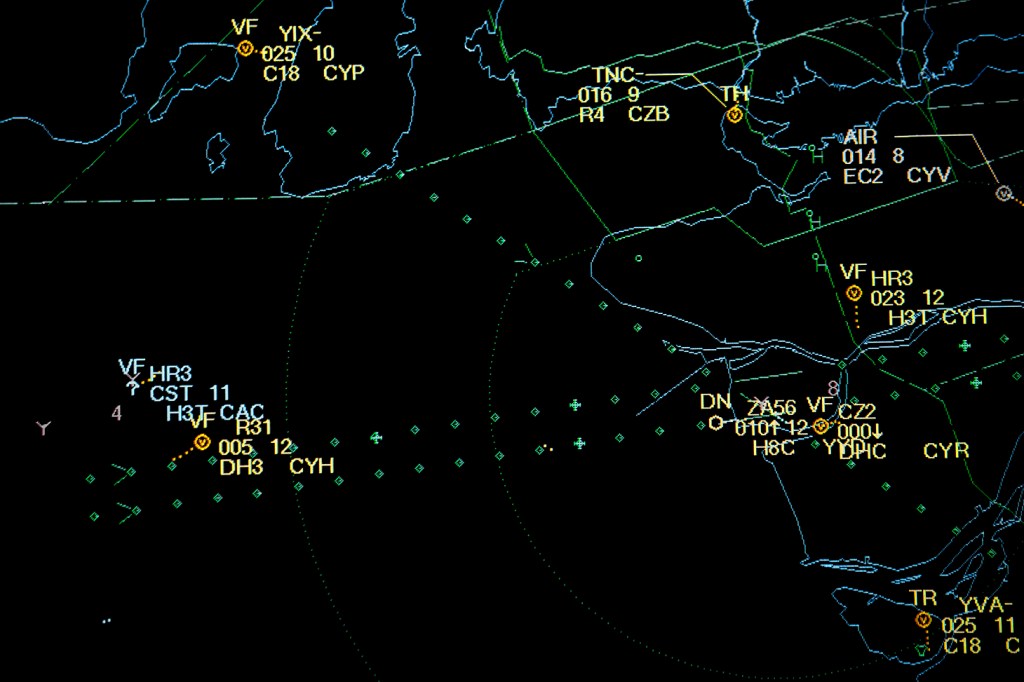
Problem Set C
Analyze conflicts between three planes to resolve conflicts by rerouting.
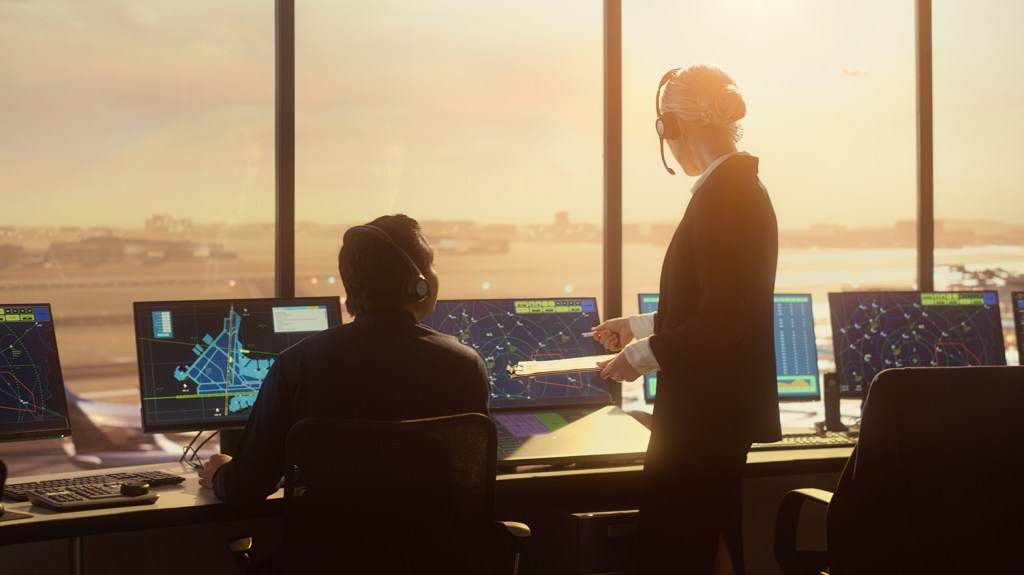
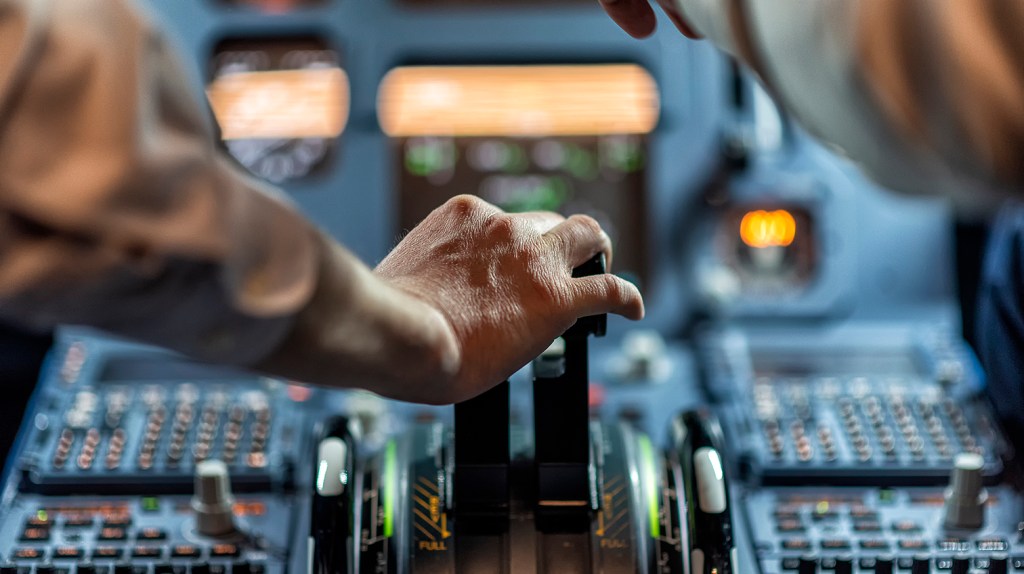
Problem Set E
Analyze conflicts between two planes to resolve conflicts by changing speed.
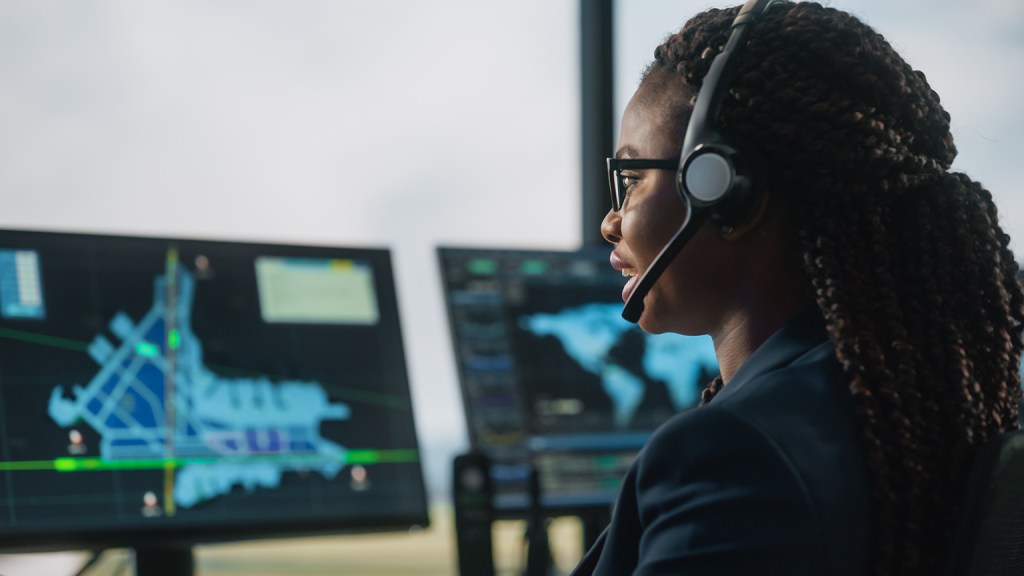
Problem Set F
Analyze conflicts between three planes to resolve conflicts by changing speed.
Facilitator Guides
Each of the six Problem Sets is accompanied by a facilitator guide that includes an overview, a list of objectives, prerequisites, and materials, a discussion and specification of the relevant ATC simulator problems (or other interactive/multimedia components), a discussion of key points for each simulator problem and each workbook worksheet, the solutions for each simulator problem and the answers to each workbook worksheet. For these worksheets, the title matches the number of the associated simulator problem. Four- and five-plane problems are found in the simulator only and are not supported by the student workbooks.

Problem Set A
Introduces students to the environment of real air traffic control

Problem Set B
Analyze conflicts between two planes to resolve conflicts by rerouting.

Problem Set C
Analyze conflicts between three planes to resolve conflicts by rerouting.


Problem Set E
Analyze conflicts between two planes to resolve conflicts by changing speed.

Problem Set F
Analyze conflicts between three planes to resolve conflicts by changing speed.
Smart Skies
There are three videos to view online. Select the hamburger menu icon on the top left (1/3) to select which video to watch. The videos present the vocabulary, units, graphical representations used in air traffic control; compresses 24-hours of flight paths into one minute and finally, introduces learners to the career of an air traffic controller
View the video playlistOptional Video
24 Hours of Air Traffic across the World
* For those who used our “Flyby Math” program in the past, it is no longer active. However, “LineUp with Math” is better than ever and we are committed to continued updates for Smart Skies.
















